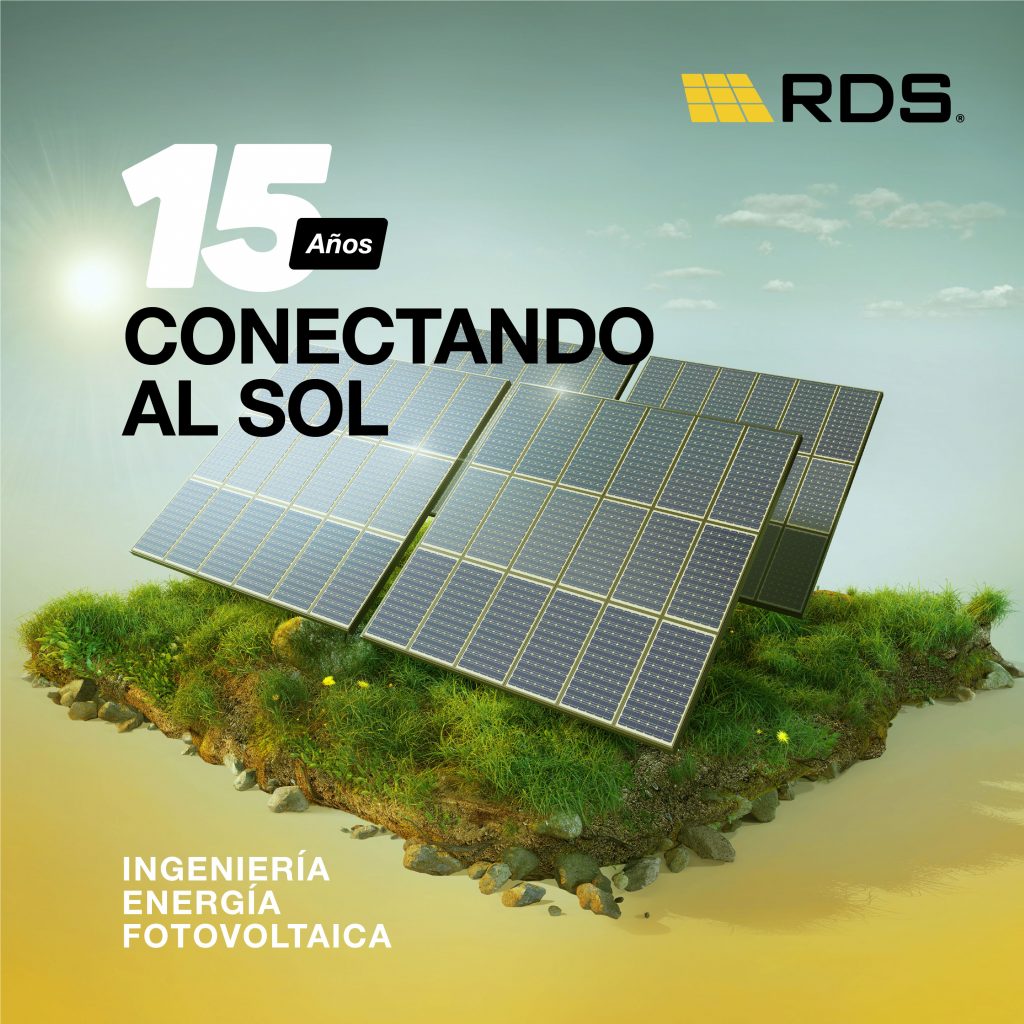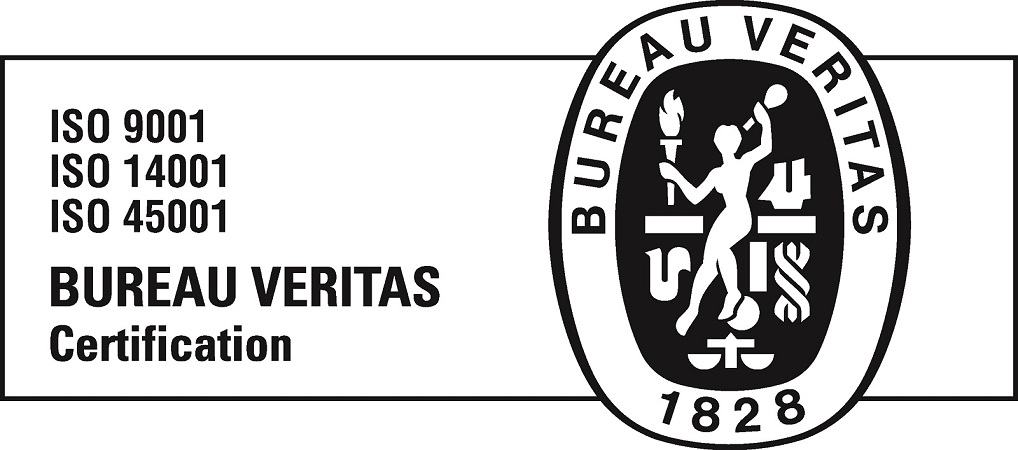

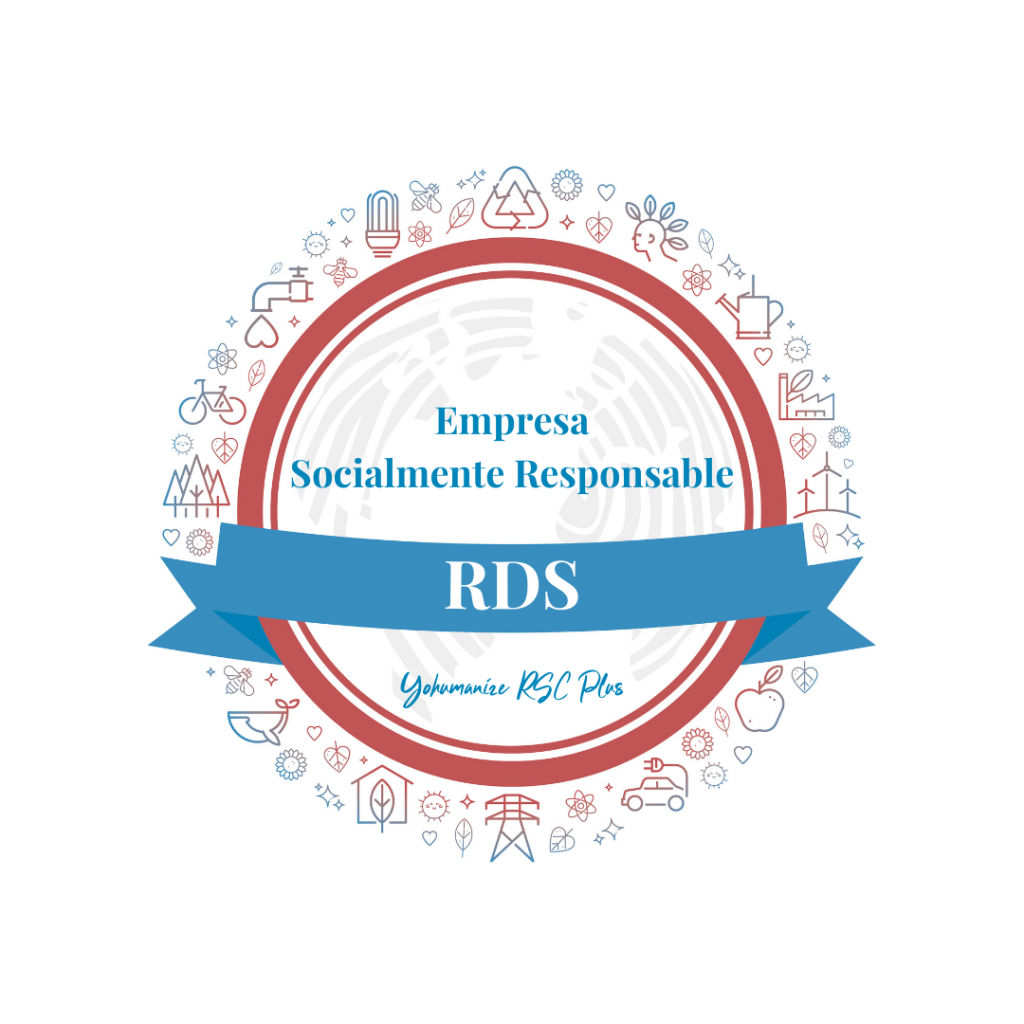
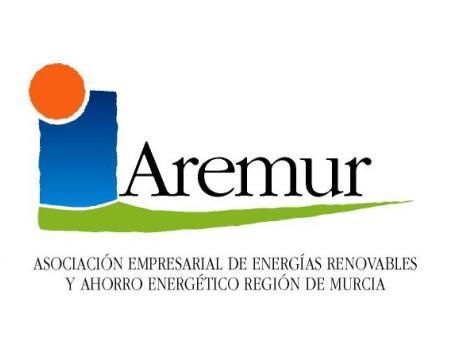
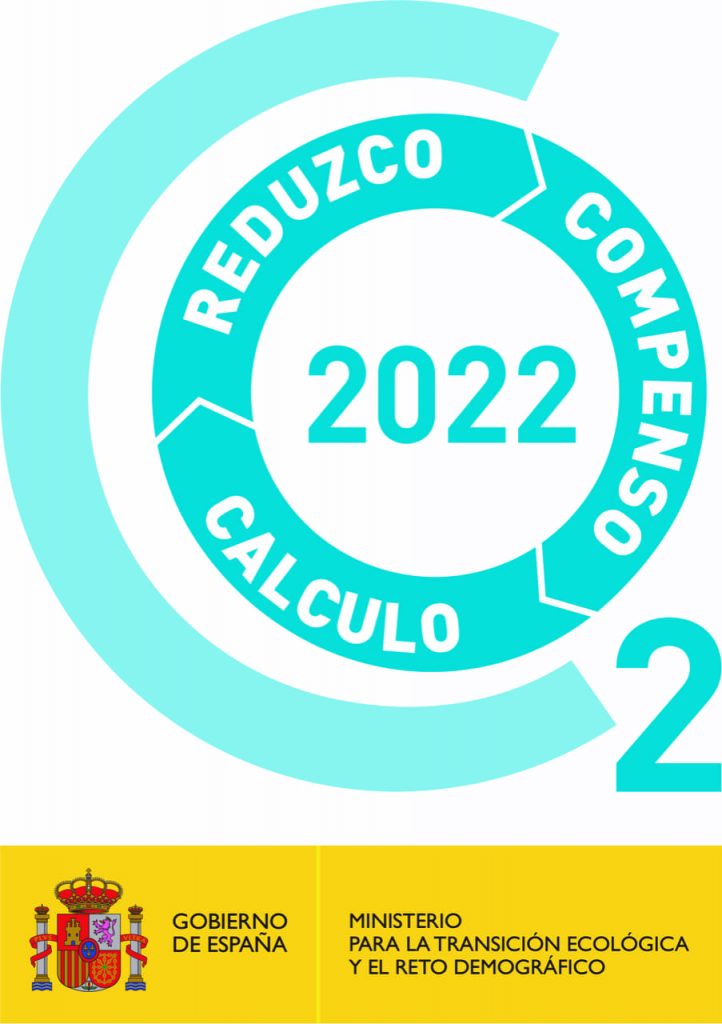
© 2023 RDS. All rights reserved. Designed and developed by delefant
Solar greenhouses are an engineering gem that combines the power of the sun with agricultural science to create an ideal environment for growing plants. In this article, we will explore what a solar greenhouse is, how this technological marvel works and the various advantages and features that make it a key ally for agriculture and sustainability.
Table of Contents
ToggleA solar greenhouse is a structure designed to harness the sun’s energy, providing a controlled environment for growing plants. Through transparent materials, such as glass or special plastic, greenhouses allow sunlight to enter while retaining heat, creating a microclimate conducive to plant growth.
The transparent materials of the greenhouse allow sunlight to penetrate. Once inside, solar radiation is converted into heat, warming the interior of the greenhouse.
The structure of the greenhouse prevents heat from escaping, creating a warmer environment than the outside environment. This greenhouse effect is crucial for maintaining optimal temperatures, especially during the colder seasons.
Greenhouses are usually equipped with ventilation systems that regulate humidity and temperature. This prevents excessive heat build-up and allows precise control of the internal environment.
Greenhouses allow for all-season cultivation, extending the growing season and increasing production.
With controlled irrigation systems, greenhouses reduce water wastage, as water can be managed more precisely.
They offer protection against extreme weather events such as frost, hail or strong winds, providing security for crops.
Greenhouses allow variables such as temperature, humidity and light to be adjusted, providing an ideal environment for specific plants.
By being enclosed and protected, greenhouses reduce the exposure of plants to pests, minimising the need for pesticides.
They combine greenhouse technology with hydroponics for soil-less cultivation, maximising space and resource efficiency.
Designed to track the position of the sun, maximising sun exposure and optimising performance.
If you want to immerse yourself in the world of agricultural sustainability or are looking for detailed information on the installation of solar panels, do not hesitate to contact us. At RDS, our team of experts is committed to providing you with the advice you need to make informed decisions tailored to your specific needs and circumstances. Our passion for sustainability is reflected in every project, and we are here to guide you towards a greener, more prosperous future.
